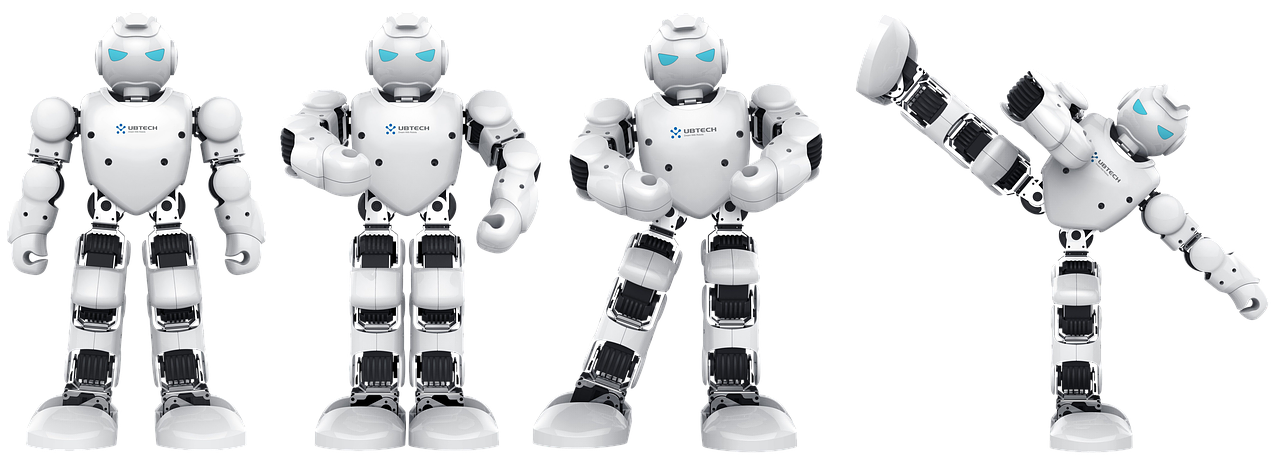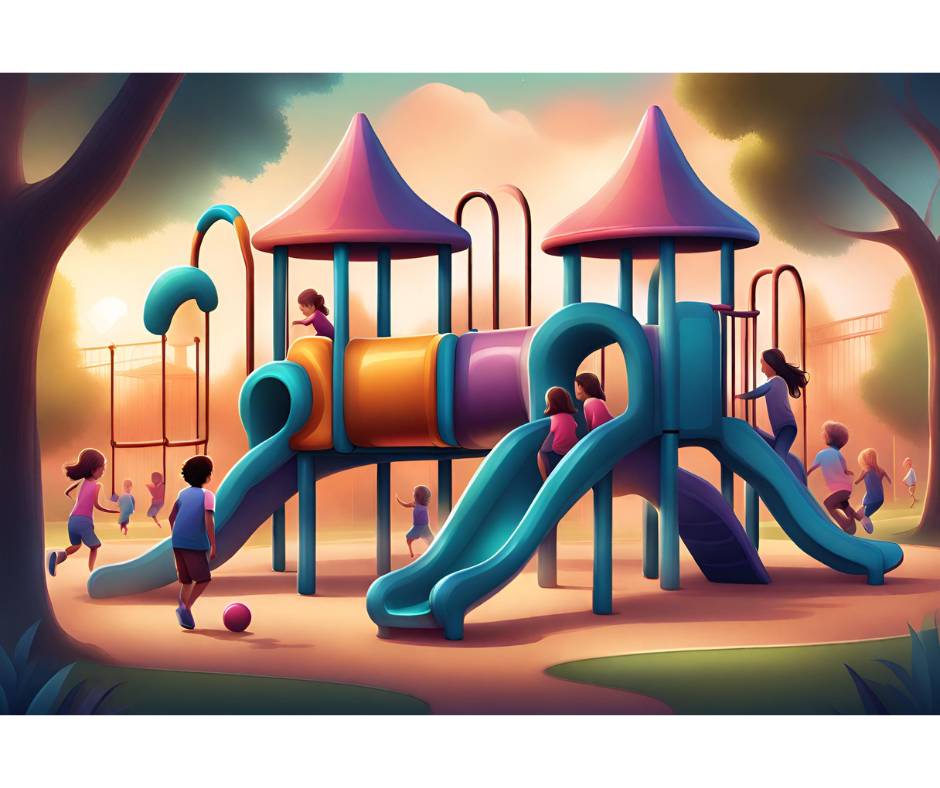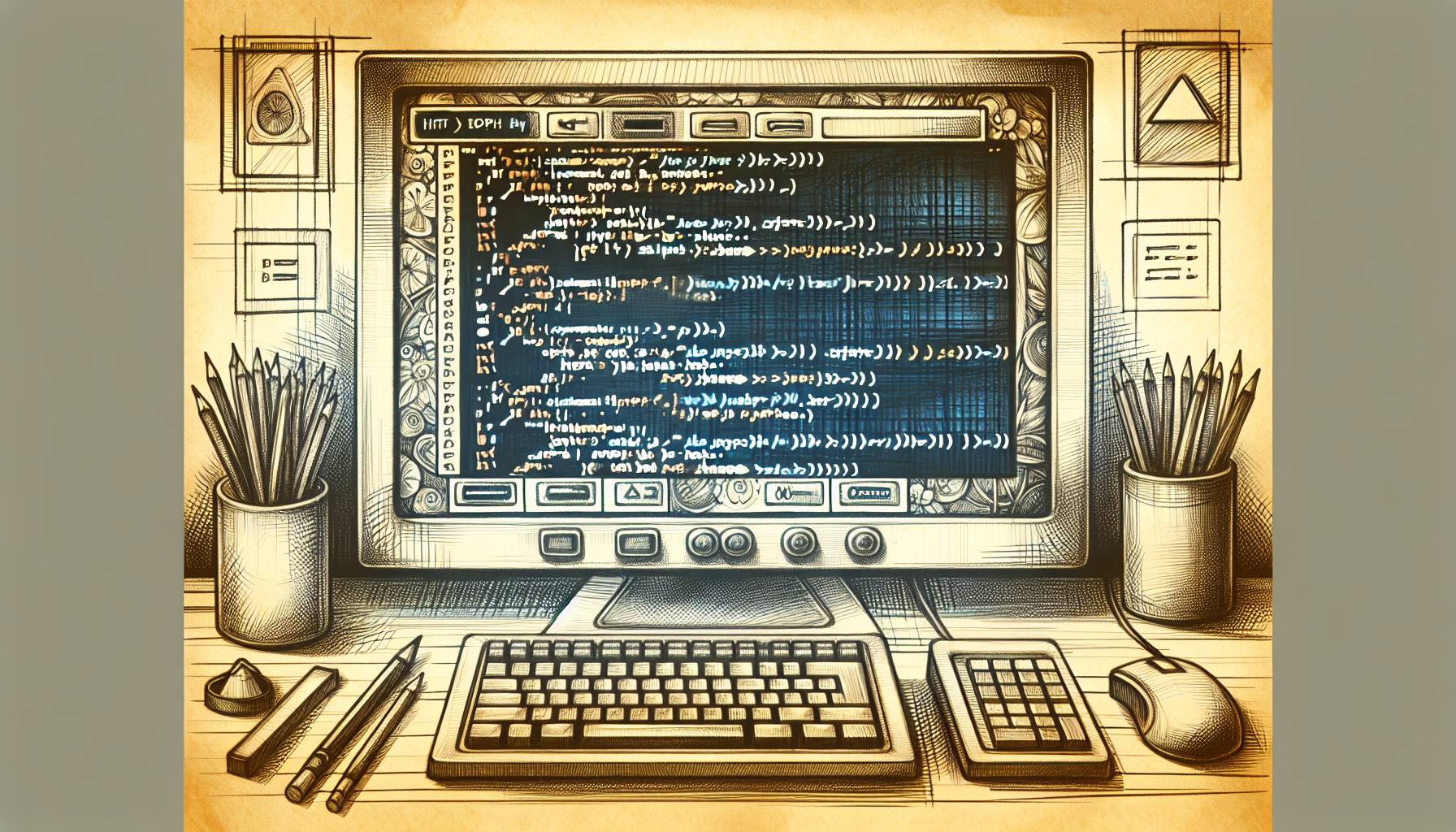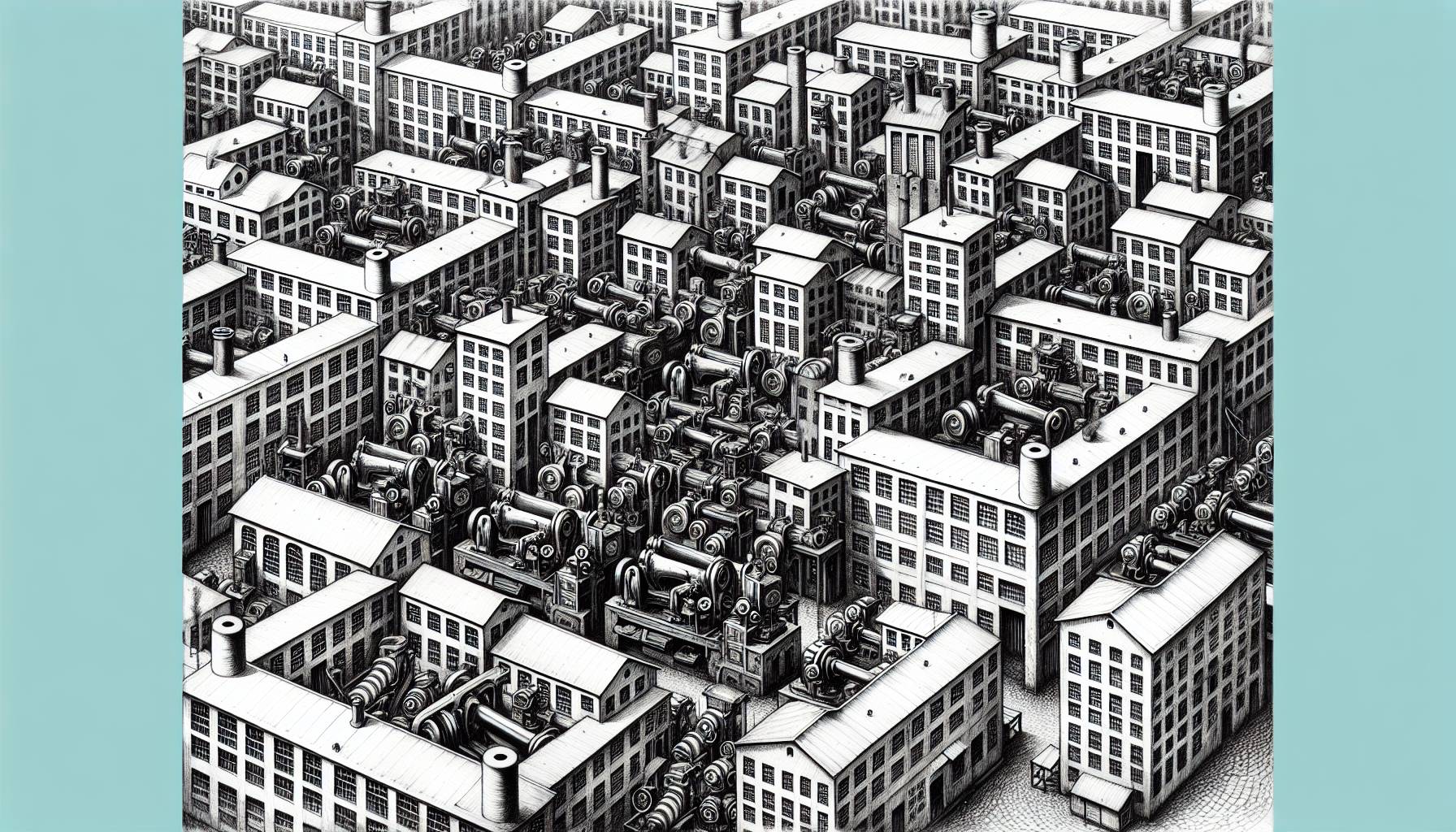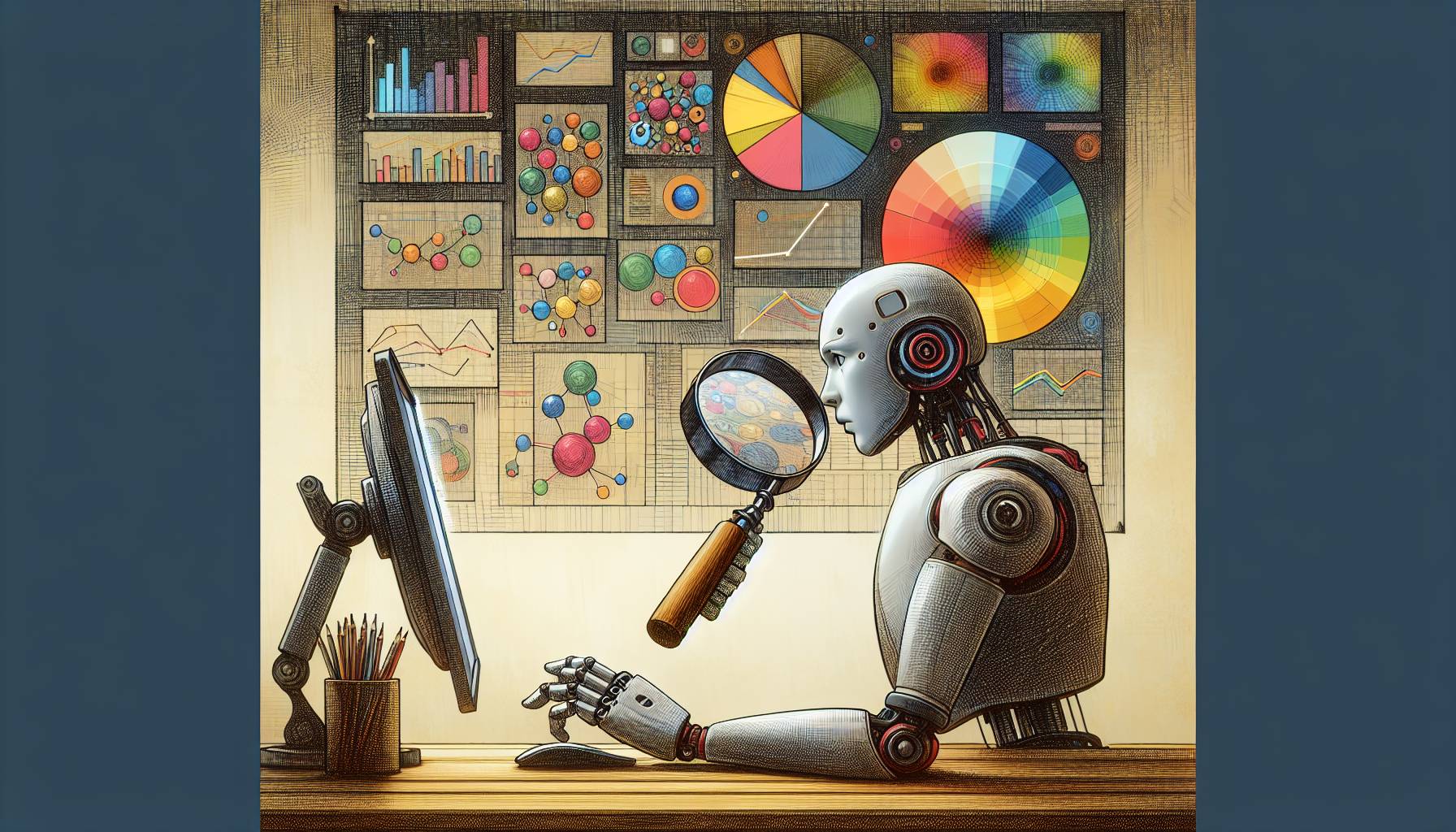The latest developments in robotics technology have laid the groundwork for a range of practical automation applications. Significant improvements in detecting, automating, computing, research, networking, identification, learning, vision, and controlling capacities are among these advancements. With these advancements, robotic systems have the potential to increase productivity, precision, reliability, dependability, economic viability, adaptability, and security.
A “Multi-Robot System” is a collection of robots that can perform different functions. Notably, some academics refer to them as “Multi-Robot Networks” (MRN). Any multi-robot system has many robots cooperating to complete a specific application purpose.
Examples of Multi-Robot Systems?
For instance, these capabilities helped in the creation of advanced technological robotic devices that automate and optimize manufacturing processes so that more products are available cheaply and efficiently.
Farming Robots
Farming robots can manage agricultural tasks and boost productivity, lowering farming costs and improving crop handling precision. They can be employed as repair robots to carry out inspections and repairs in hazardous locations including aquatic infrastructural facilities spanning difficult terrain.
Surveillance Robots
Surveillance robots help with the surveillance of crucial infrastructure, like power plants and pipelines for water, gas, and oil. As the core robotics technologies and supporting systems advance, all of these applications as well as numerous other changes accompany and spread throughout society.
Wheeled Robots
While some applications call for use of a wheeled robot (or several autonomous robots) to efficiently automate and improve a process, others call for the use of numerous robots cooperating to achieve particular objectives in more affordable or/and efficient ways.
Types Of Multi-Robot System
Mainly there are two types of multi-robotic systems.
Collective Swarm Systems
This type is quite different due to the presence of a disproportionately wide range of mobile robots. They carry out their own jobs in accordance with local control laws, resulting in cohesion in team behavior. They hardly ever interact with other robots.
Intentionally Cooperative Systems
Robots of this sort are different due to their awareness of the existence, condition, behavior, and abilities of other machines on the team. They collaborate to achieve the same goal. Here are two groups of these robots:
(1) Weakly cooperative
(2) Strongly cooperative.
In the case of strongly cooperative, the robots work together to accomplish a shared objective. As a result, such close coordination necessitates suitable communication and synchronization, which frequently necessitates higher standards of quality of service (QoS), such as bandwidth and delay. On the other hand, with weak cooperation, the robots distribute and arrange the required duties among themselves in these classes of multi-robot system systems. Each robot then goes on to do its duty in a way that is operationally independent. The underlying communication protocols and associated QoS requirements are less strict in this case.
Applications
Multi-robot system has a wide range of applications in almost every industry. Among those search and rescue, the detection of forest fires, the removal of hazardous waste, farm operations, mining, construction, and disaster risk management are a few to name. Moreover, this system has also found its way into security protocols, the movement of containers in harbors and airports, games and entertainment like soccer, and warehouse management sectors.
Architectures
A number of significant architectures have been identified for the multi-robot system. Such architectures are determined by the approach employed to make decisions. They control the relationships between both the robots and produce the team’s collective behavior. Moreover, they have a substantial impact on resilience, dependability, and scalability.
Centralized
All of the robots in this category have a greater sense of control that regulates their behavior. The single statement of failure issue in such a design can lower its reliability. This is because several messages, in addition to the data transmission that must be sent back to individual robots to regulate their actions, must be exchanged in order for the central controller to remain continually informed of the situation of all the team members.
Hierarchical
The robots in this category are set up in a command-and-control hierarchy that is akin to the military. A robot specifically supervises a collection of other robots in this technique. Depending on the scale of the network, this pattern may continue down the hierarchy for a number of levels. This method, which is very scalable, may be suitable for some applications involving a significant number of robots. However, because it is so vulnerable to managing robot failures at the top levels of management, it has decreased reliability.
Decentralized
The most typical multi-robot system category is this one. In this scenario, robots operate according to their own local viewpoints while adhering to predetermined strategic directives and team goals. Since there is no centralized control, this approach is defined by its resilience and capacity to adapt to faults. On the other hand, maintaining coordination and cohesiveness among the robots is difficult. Additionally, when mission objectives change, the coordination of tasks is not simple.
There is still a lot that we don’t know about the multi-robot system. However, one should not ignore the fact that they are already making waves within the market.

